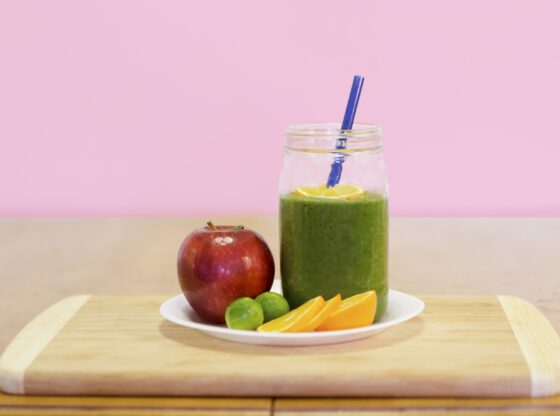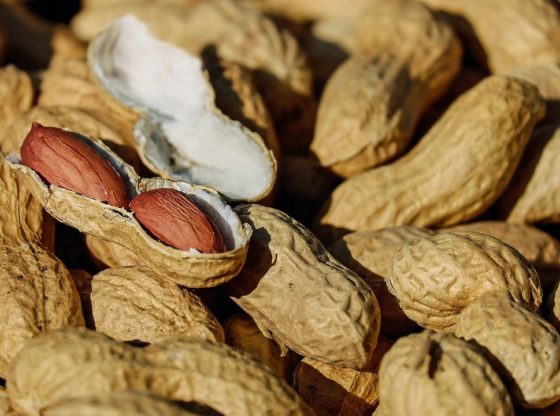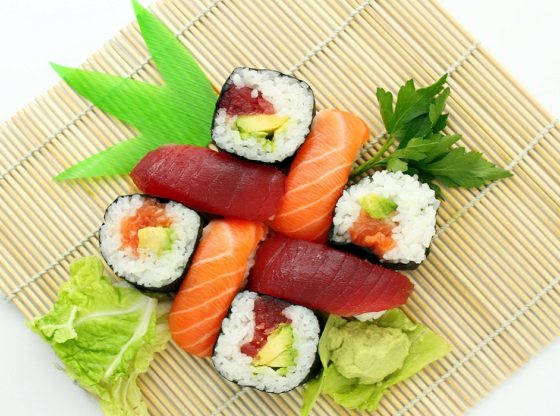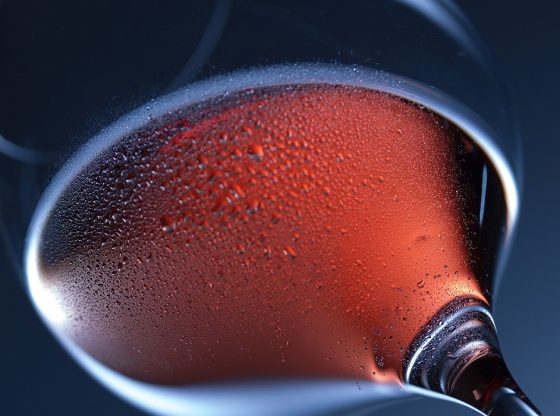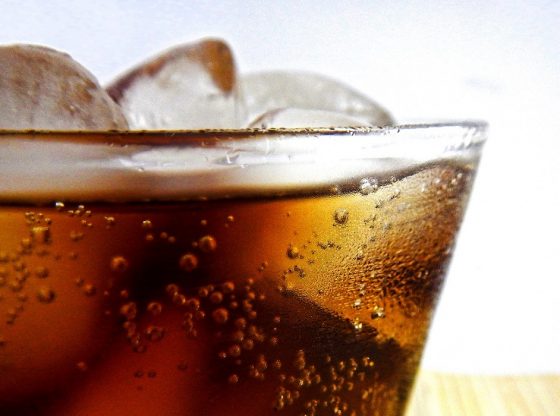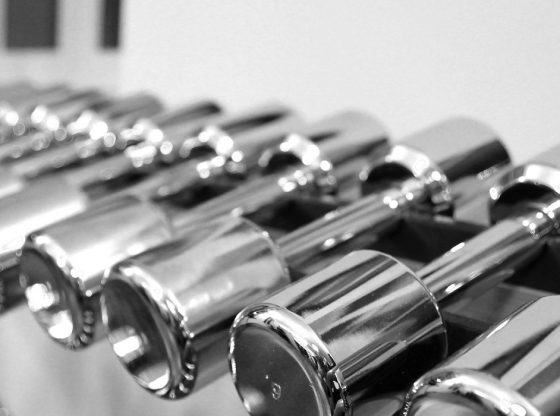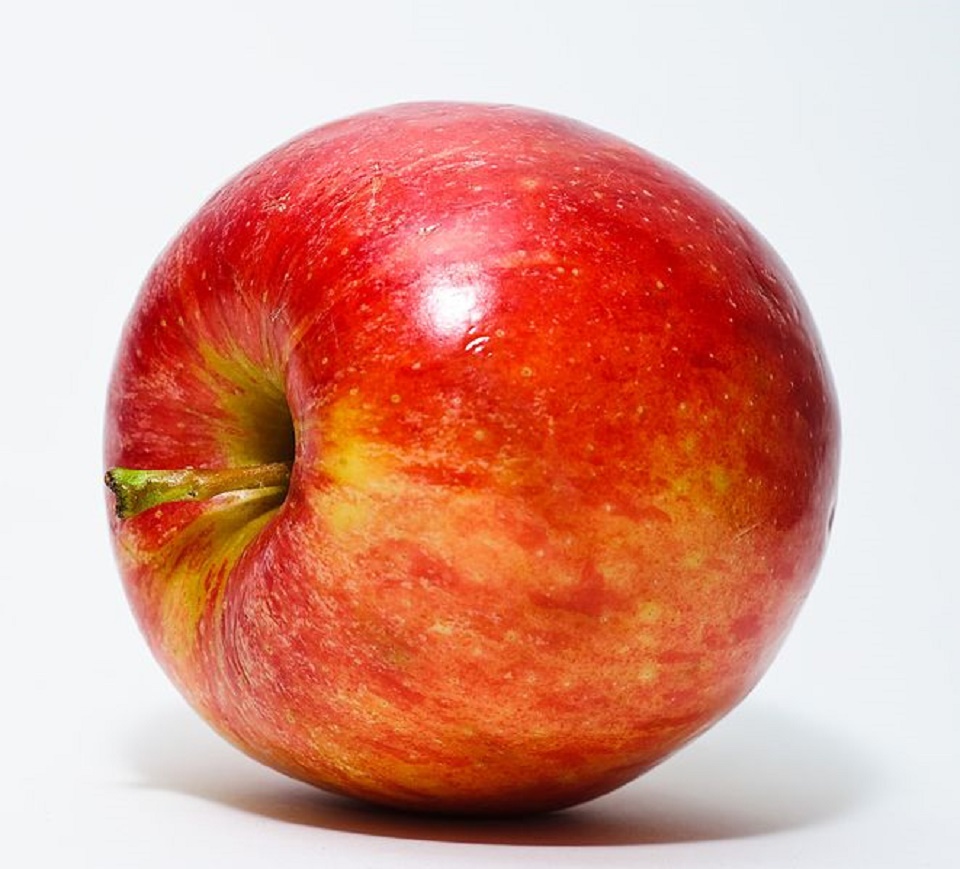
The researchers in this study aimed to assess whether there are any health effects provided by eating apples.
23 healthy participants were given apples for 5 weeks, then apple pomace for 5 weeks, then clear and cloudy apple juice for 5 weeks, then no supplement at all for 5 weeks.
The participants were tested at the end of each period. Measuring cholesterol, blood pressure, waist-to-hip ratio, inflammation markers (hs-CRP), the composition of the gut microbiota and markers of glucose metabolism (insulin, IGF1, and IGFBP3).
Results
With no significant effect for any but one of the measured health variables of choice, the one variable that did show a change was that whole apple had a cholesterol-lowering effect.
That is, the resulting data indicates no significant effect of apple juice. However, whole apples and pomace do indicate an ability to lower LDL cholesterol levels, the so-called bad cholesterol.
The researchers, therefore, assume that the cholesterol-lowering effect must be provided by the fiber contained in apples.
Pectin
Apples contain both pectin and polyphenols. The fiber pectin has previously been showed to help regulate blood fats and improve cholesterol.
As the researchers conclude, however, the availability of these change during processing into juice products and clear juice is indeed totally free of pectin.
So even if apple juice and whole apples both contain polyphenols (antioxidants believed to have many health benefits) the cholesterol-lowering effect can only be contributed to the fibers.
LDL Cholesterol
Elevated LDL (bad cholesterol) and oxidized cholesterol levels can create difficult and even critical health problems. These includes atherosclerosis (hardening of the arteries) and associated cardiovascular disease (heart attack, stroke).
So eat an apple or two a day and keep the doctor away!
PURPOSE:
Fruit consumption is associated with a decreased risk of CVD in cohort studies and is therefore endorsed by health authorities as part of the ‘5 or more a day’ campaigns. A glass of fruit juice is generally counted as one serving. Fruit may cause protection by affecting common risk factors of CVD.
METHODS:
Apples are among the most commonly consumed fruits and were chosen for a comprehensive 5 × 4 weeks dietary crossover study to assess the effects of whole apples (550 g/day), apple pomace (22 g/day), clear and cloudy apple juices (500 ml/day), or no supplement on lipoproteins and blood pressure in a group of 23 healthy volunteers.
RESULTS:
The intervention significantly affected serum total and LDL-cholesterol. Trends towards a lower serum LDL-concentration were observed after whole apple (6.7 %), pomace (7.9 %) and cloudy juice (2.2 %) intake. On the other hand, LDL-cholesterol concentrations increased by 6.9 % with clear juice compared to whole apples and pomace. There was no effect on HDL-cholesterol, TAG, weight, waist-to-hip ratio, blood pressure, inflammation (hs-CRP), composition of the gut microbiota or markers of glucose metabolism (insulin, IGF1 and IGFBP3).
CONCLUSIONS:
Apples are rich in polyphenols and pectin, two potentially bioactive constituents; however, these constituents segregate differently during processing into juice products and clear juice is free of pectin and other cell wall components. We conclude that the fibre component is necessary for the cholesterol-lowering effect of apples in healthy humans and that clear apple juice may not be a suitable surrogate for the whole fruit in nutritional recommendations.
________________________________
Eur J Nutr. 2012 Dec 28. Intake of whole apples or clear apple juice has contrasting effects on plasma lipids in healthy volunteers.
________________

